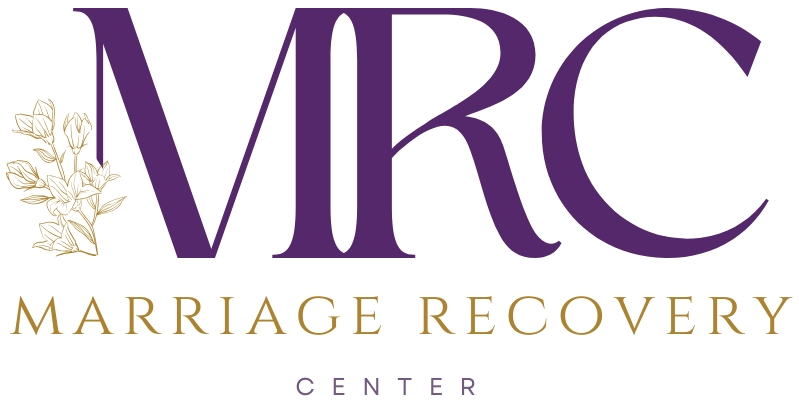Unfortunately, it is not time that heals all things, but healing is possible when intentional steps are taken towards recovery. Jonathan shows you what the path to recovery for victims of emotional abuse looks like.
The Path to Recovery for Victims of Emotional Abuse
Emotional abuse, often referred to as psychological abuse, is a deeply distressing and insidious form of mistreatment that can have long-lasting effects on its victims. Unlike physical abuse, emotional abuse leaves no visible scars, making it difficult for both the victim and others to recognize and understand the harm it causes.
In this article, we will explore the path to recovery for victims of emotional abuse, shedding light on the steps involved in healing from this hidden trauma.
Is Healing Possible?
The first question that often arises when discussing emotional abuse is whether it is possible to heal from it. The unequivocal answer is yes. Healing is not only possible but essential for survivors to regain control of their lives and move forward. However, the process of healing from emotional abuse can be intricate and challenging due to its unique nature.
Emotional abuse is an unseen form of abuse, causing harm that is not immediately apparent to others. This invisibility can lead to confusion and invalidation when survivors attempt to discuss their experiences with others who may not understand the complexities of emotional abuse. Therefore, the initial step towards healing is to name the abuse, both as abuse in general and by identifying specific abusive behaviors or interactions.
Stopping the Abuse
Once the abuse is recognized and named, the next crucial step is to stop the abuse and prevent future harm. This often involves learning to set boundaries, a fundamental aspect of self-protection and self-respect. Setting boundaries is a way for survivors to assert themselves and safeguard their emotional well-being.
Identifying the extent and effects of the abuse is equally important. Emotional abuse is repetitive and persistent, typically occurring within the context of a relationship. Understanding the full scope of its impact on one’s life is a vital part of the healing process. This can be achieved by exploring the story of the abuse, which may extend beyond the current relationship, reaching back into previous relationships or even childhood trauma.
The Journey to Repair
With a comprehensive understanding of the abuse’s effects, the next phase of healing is repair. This involves addressing the emotional wounds and filling in the emotional voids created by the abuse. These voids may have originated from early life experiences or been inflicted by the abuser. Repairing emotional damage may entail working on emotional regulation, behavioral patterns, or self-perception that have been distorted or harmed by the abuse.
Survivors of emotional abuse may have internalized negative messages from their abuser or interpreted events in a way that eroded their self-esteem and self-worth. Repairing these aspects of the self is an essential step toward recovery.
Acceptance and Integration
Acceptance and integration represent the final stages of healing from emotional abuse. These phases follow extensive work on recognizing, stopping, and repairing the damage caused by abuse. Acceptance is not about condoning or forgiving the abuse but acknowledging that it did happen. It involves understanding how the abuse has affected you and coming to terms with those effects.
Integration, on the other hand, is about incorporating these experiences into your life story and identity without allowing them to define you. It means accepting that these experiences are part of your history but not your destiny. This acceptance and integration pave the way for survivors to move forward in a safe, healthy, and productive manner.
Comprehensive Support for Healing
At the Marriage Recovery Center, we recognize the complexity of healing from emotional abuse within the context of relationships. We offer a comprehensive approach tailored to individual needs, as emotional abuse often involves multiple facets and challenges.
Our services include both individual and group therapy options. One of our primary therapeutic approaches is Dialectical Behavioral Therapy (DBT), a skill-focused program designed to teach emotional regulation, distress tolerance, boundaries, and healthy communication. These skills are essential for survivors to rebuild their emotional resilience and navigate relationships effectively.
Another valuable program we offer is “Redeemed.” This program not only focuses on emotional abuse recovery but also provides a supportive community of individuals who have experienced similar forms of abuse. Emotional abuse can be incredibly isolating, and having access to social support can be a powerful part of the healing journey.
The Importance of Self-Healing
It is essential to clarify that healing from emotional abuse primarily focuses on the survivor’s recovery. While it is natural to have concerns about the abusive behaviors of a spouse or partner, a healthy marriage ultimately requires two healthy individuals. Therefore, the immediate priority is the healing and well-being of the victim.
Conclusion
Recovery from emotional abuse is indeed possible, and it is a journey worth embarking on. Recognizing the abuse, stopping it, understanding its effects, and working towards repair, acceptance, and integration are the key steps in this path to healing. Seeking professional help and social support can be invaluable resources in this process.
Emotional abuse may be an unseen form of trauma, but its scars are real. By taking these steps and investing in their own well-being, survivors of emotional abuse can regain control of their lives, rebuild their self-esteem, and ultimately find a path towards healthy and fulfilling relationships. Remember, healing is not only possible; it is a testament to the strength and resilience of survivors.
To learn how we can help, reach out to us at (206) 219-0145 or info@marriagerecoverycenter.com to speak with a Client Care Specialist
Also read: How to Recover From Traumatic Events
About Dr. Hawkins:
The internet is inundated with hyperbole and misinformation about narcissism, leaving many people confused and hopeless. Get the facts on narcissism and emotional abuse from someone who has been researching, writing about and treating narcissism and emotional abuse for over a decade.
Dr. Hawkins is a best-selling author and clinical psychologist with over three decades of experience helping people break unhealthy patterns and build healthier relationships.
He is the founder and director of the Marriage Recovery Center and the Emotional Abuse Institute which offers education, training and counseling for people who want to break free of, and heal from, emotional abuse. Whether the perpetrator of the abuse is your spouse, partner, parent, boss, friend or family member, we offer practical advice for anyone trapped in a toxic, destructive relationship.
In addition to narcissism & emotional abuse, you’ll learn about the lesser known forms of abuse, including covert abuse, reactive abuse, spiritual abuse, secondary abuse, relationship trauma and much more.








